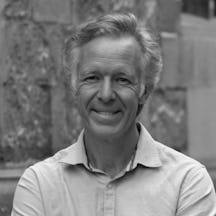Dance and music are found in all cultures and are often a great source of joy and happiness; they are intimately linked. But how do they affect our brains and mental states?
Pleasure is central to a life well-lived; the ancient Greek philosopher Aristotle proposed the distinction between hedonia – or pleasure – and eudaimonia, perhaps best translated as flourishing or meaningful pleasure.
A life without pleasure – anhedonia – seems meaningless to many.
But how to measure such seemingly vague concepts as ‘pleasure’ and ‘flourishing’? For a long time, many thought these ideas could not be measured by science, but over the last 20 years, with the advance in brain science, we have begun to better understand the underlying brain mechanisms.
Pleasure comes in repeated cycles with different phases of wanting, liking, and satisfaction or satiety.
Different brain networks and neurotransmitters change their involvement in the complex choreography of pleasure. The same brain region can play a very different role in different phases, depending on its involvement with other regions and the facilitation of this communication by dopamine in the wanting phase, and opiates in the liking phase.
And we are now able to manipulate the pleasure circuitry such that we can, for example, turn up and down pleasure reactions like a dimmer switch.
But one thing is simple pleasures such as chocolate, but what about meaningful pleasures such as dance and music? These are both simple pleasures but also deeply meaningful.
We know that eudamonia, wellbeing or flourishing, depends on the fundamental machinery of pleasure. Anhedonia, or the complete lack of pleasure, is a key feature of mental illness.
Brain scanning of people enjoying music and social interactions is helping us to begin to map these elusive states of meaningful pleasure, but much exciting research remains. What is abundantly clear is that one route to flourishing is for our brain and body to engage in dance and music with other people.
In fact, it’s been suggested that one route to happiness is Scottish dancing and a “wee dram”.
